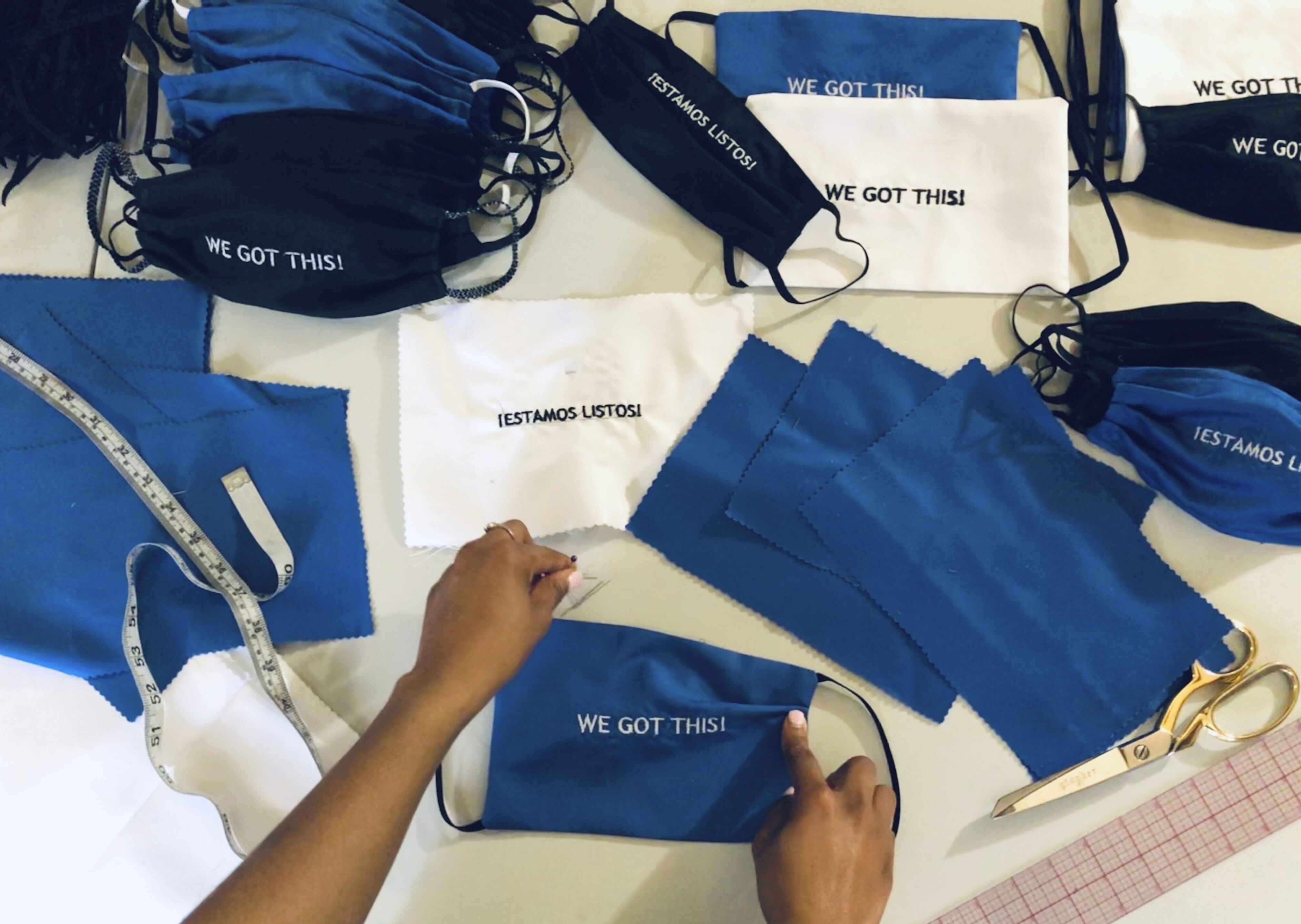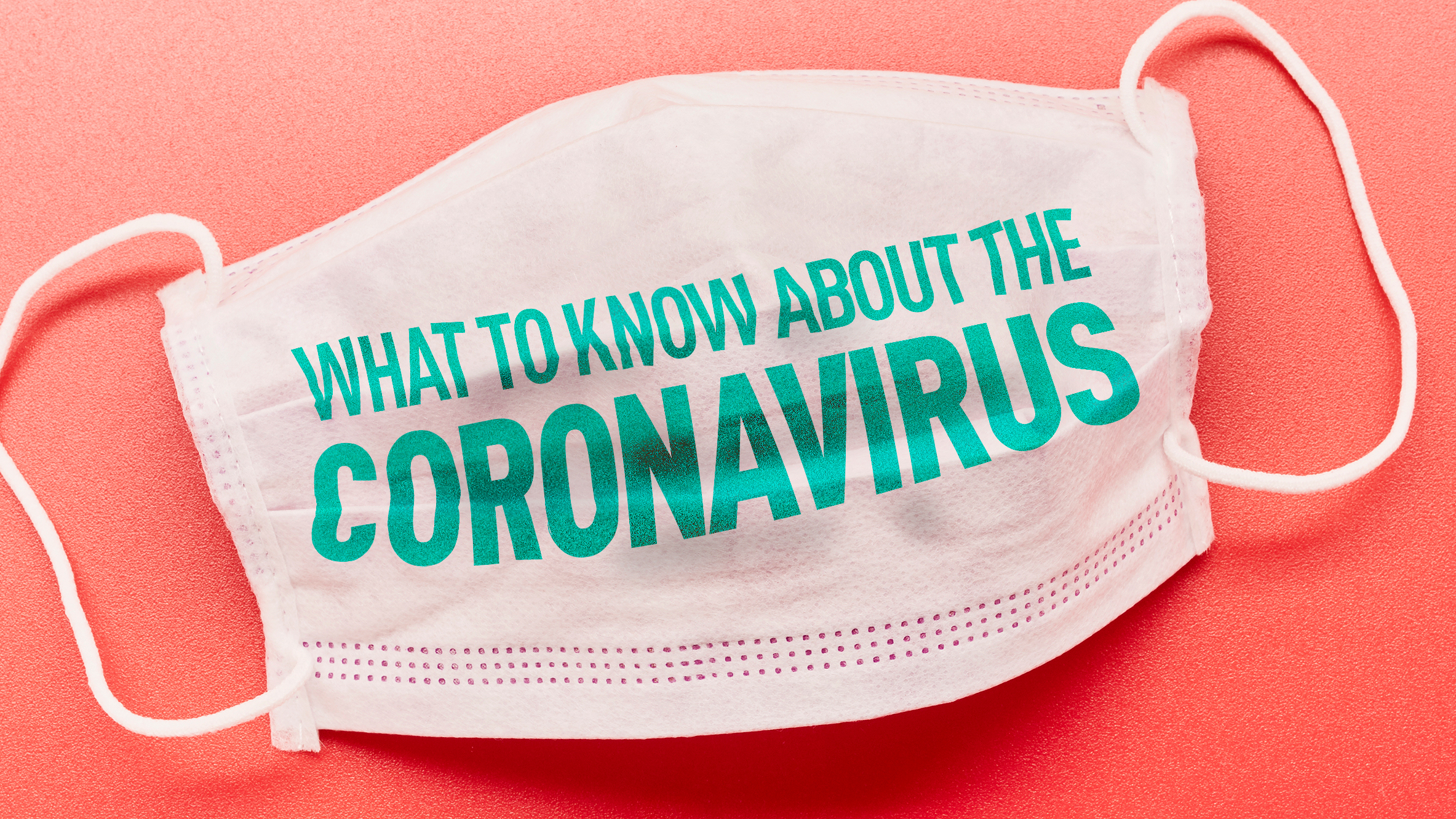With capacity stretched thin, U.S. hospitals are rushing to find beds for a coming flood of patients, opening older closed hospitals, turning single rooms into doubles and re-purposing other medical buildings. At the same time, medical professionals in New York City are warning of the risks they are facing on the frontlines of the coronavirus pandemic in the United States.
"I am scared to hug my own children," said one doctor in Brooklyn who spoke on condition of anonymity to NBC News to avoid retaliation. The doctor, who works at a large hospital system, described a shortage of swabs and masks.
About 16 percent of the city's cases to date have required hospitalization, around the same as the state's percentage, the mayor's office said. Twenty-three percent of the currently hospitalized patients are in ICUs.
So far, at least 366 have died from COVID-19 in New York.
Coronavirus Pandemic Coverage
One New York City hospital, Elmhurst Hospital in Queens, had 13 patients being treated for COVID-19 die over the span of 24 hours, NBC New York reported. In a statement, the hospital group said the number was "consistent with the number of ICU patients being treated there," with Elmhurst being "at the center of this crisis." Before the sun even rose Thursday, the line to get tested at Elmhurst stretched a full city block.
'I want people to know that this is bad.'
Elmhurst emergency room doctor Colleen Smith told the New York Times that the anxiety of the situation is overwhelming for her and the other doctors and hospital staff, who have seen emergency room visits jump this week about twofold as workers struggle to find the protective equipment they need to stay healthy while going from patient to patient. She said she feared that the ventilators they had would soon not be enough.
"I want people to know that this is bad," she said. "People are dying."
At Mount Sinai West, where social media photos show nurses wearing 33-gallon garbage bags as makeshift gowns amid a supply shortage, a nursing manager was listed among the recent fatalities. He was in his 40s.
At Mount Sinai Morningside hospital further uptown in Manhattan, heart surgeons, cardiologists and cardiovascular nurses now care for coronavirus patients in a converted cardiac unit. Floating hospitals from the U.S. Navy are heading to Los Angeles and, eventually, New York. Military mobile hospitals are promised to Washington state.
Elsewhere, Louisiana is making deals with hotels to provide additional hospital beds and has converted three state parks into isolation sites for patients who can't go home. Chicago's plan to reserve at least 1,000 hotel rooms to house people in quarantine through partnerships with five hotels was the first such sweeping strategy unveiled in the U.S. aimed at relieving the pressure on hospitals that are the only option for the seriously sick.
Simple math is spurring hospital leaders to prepare. With total U.S. cases doubling every three days, empty intensive care unit beds, needed by an estimated 5% of the sick, will rapidly fill.
U.S. hospitals reported operating 74,000 ICU beds in 2018, with 64% filled by patients on a typical day. But available ICU beds are not evenly distributed, according to an Associated Press analysis of federal data on hospitals that provided a cost report to Medicare in fiscal year 2018.
The AP found more than 7 million people age 60 and older — those most at risk of severe COVID-19 illness — live in counties without ICU beds. AP included ICU beds in coronary units, surgical units and burn units in the count.
In South Korea, some died at home waiting for a hospital bed. In northern Italy, an explosion of cases swamped the hospital system. Video and photos from two Spanish hospitals showed patients, many hooked to oxygen tanks, crowding corridors and emergency rooms.
For most people, the coronavirus causes mild or moderate symptoms, such as fever and cough that clear up in two to three weeks. For some, especially older adults and people with existing health problems, it can cause more severe illness, including pneumonia, and death.
If other countries have the same experience as China, 15% to 20% of COVID-19 patients will have severe illness. About 5% could become sick enough to require intensive care.
'We can remove the mask without touching the front of it. We put it in a paper bag with our name on it.'
Equipment is a challenge. About 20% of U.S. hospitals said they didn’t have enough breathing machines for patients and 97% were reusing or otherwise conserving N95 masks, according to a survey conducted last week by hospital group purchasing organization Premier.
“Practicing medicine in this country, you don't think of needing to ration supplies,” said Dr. Joshua Lerner with Wachusett Emergency Physicians at Leominster Hospital in Massachusetts.
He told NBC Boston that the staff there has begun using the same mask for half their shift – about four hours at a time – in an effort to conserve their current supply.
“We can remove the mask without touching the front of it. We put it in a paper bag with our name on it," Lerner said, noting that it's clearly not a perfect solution and echoing others' calls for companies to step up and help out however they can.
New Jersey primary care physician Dr. Alexander Salerno has turned to paint stores and body shops to pick up substitutes for sterile drapes and hazmat suits and even to the black market for N95 masks, hand sanitizer, Clorox wipes and medical gowns, NBC New York reported .
"We have to go out and we have to go literally to these black market brokers or black market pirates, and we are paying like 400 - 800% markups to get the protective barriers so I can fulfill that promise of protecting our staff," Salerno said.
His staff has also started regularly sanitizing masks to slow the drain on supply.
Who will staff the needed ICU beds is keeping U.S. hospital leaders awake at night.
'What's scary about this is we don't know the duration.'
In western Massachusetts, Nancy Shendell-Falik, a nurse turned hospital executive, is planning Baystate Health's response. The system's community hospitals and flagship hospital in Springfield are finding space for 500 additional beds, including 140 ICU beds.
She asks herself: Will cross-training staff and working in teams help the ICU nurses handle a surge of patients needing breathing machines? Will there be enough masks, gowns and face shields? She also worries about exhaustion, burnout and nurses falling sick.
“Beds don’t take care of patients. We need the staff to do so,” she said.
During 9/11, she worked as a chief nurse at a hospital eight miles from the twin towers. She also worked at a Boston hospital that took in casualties of the 2013 marathon bombing.
“Those things changed our world forever, but they were very time-limited activities. What's scary about this," she said, is "we don’t know the duration.”
NBC staff and AP journalists Carly Johnson, Nicki Forster, Kathleen Foody, Melinda Deslatte and Linda A. Johnson contributed.





